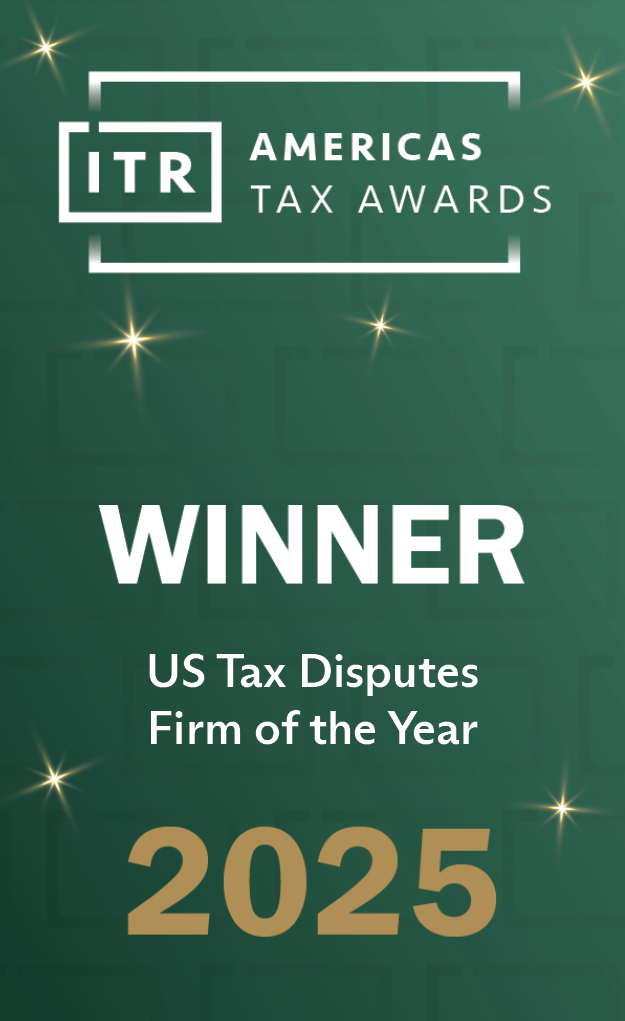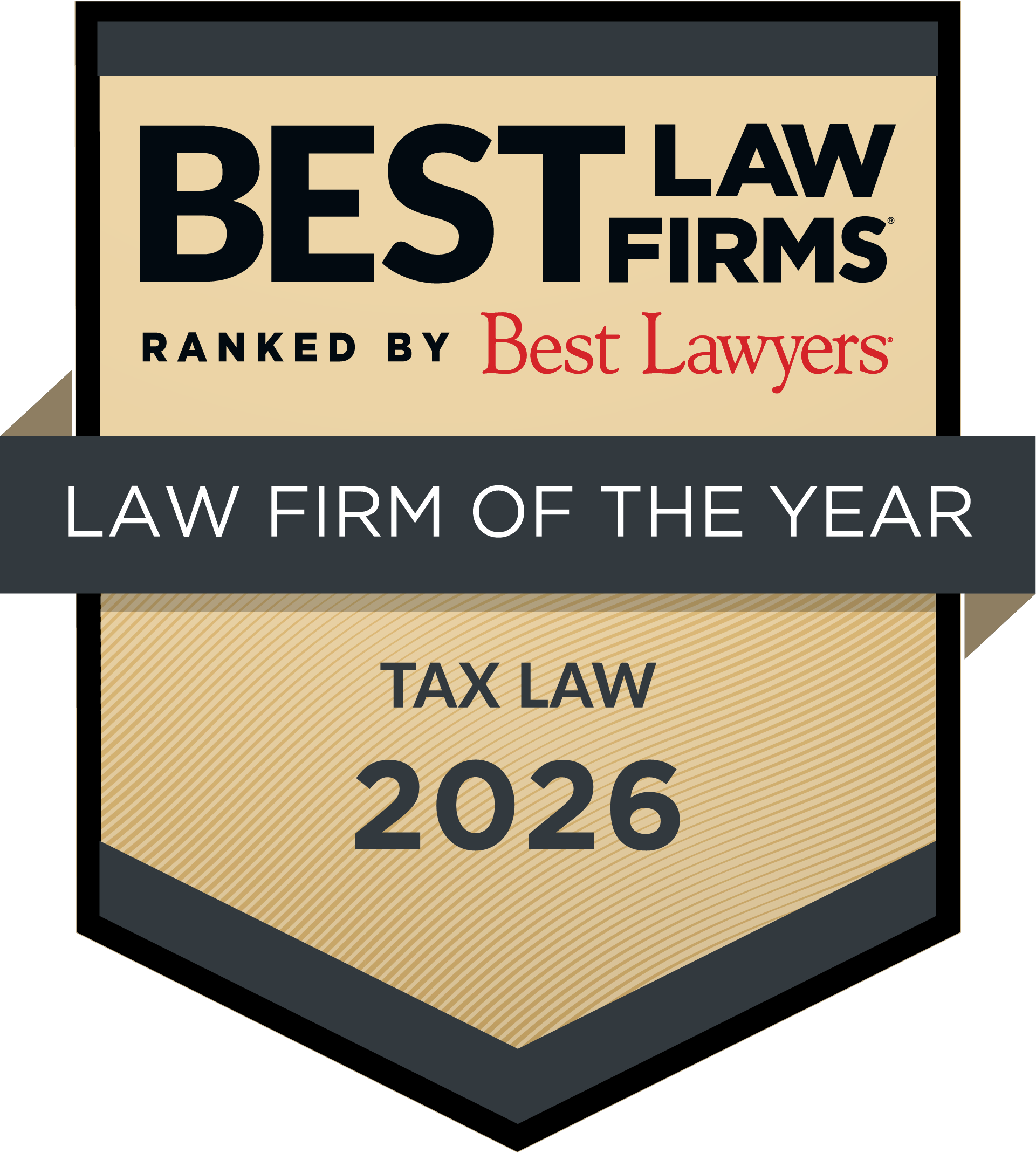As we discussed in a prior post and in our article for Law360, the Supreme Court is poised to decide in Kisor v. Wilkie whether to overrule the Auer deference doctrine. This doctrine, which originated in the 1945 Seminole Rock case, generally affords controlling deference to an agency’s interpretation of its own ambiguous regulations. To date, the petitioner has filed its brief, several amici have filed briefs and the government has filed its brief (links to these documents can be found here). Argument is currently scheduled for March 27, 2019, and an opinion is anticipated by the end of June 2019.
The government’s brief, filed on February 25, 2019, acknowledges that Auer deference raises serious concerns. Specifically, the government states that the basis for the doctrine is unclear, the doctrine is in tension with the Administrative Procedures Act (APA) and overly broad deference to agency interpretations can have harmful practical consequences. However, relying on principles of stare decisis, the government advocates for maintaining Auer deference subject to certain prerequisites that would limit the doctrine. These prerequisites include applying deference only after all traditional tools of construction have been exhausted and only if the agency’s interpretation has reasonably interpreted any ambiguity. In deciding whether to defer to the agency’s interpretation, a reviewing court should look at whether the interpretation: (1) was issued with fair notice to regulated parties, (2) is not inconsistent with the agency’s prior views, (3) rests on the agency’s expertise and (4) represents the agency’s considered view (i.e., not merely the views of “mere field officials or other low-level employees”). Presumably these limits would curtail the application of Auer deference in circumstances where the agency’s interpretation is first widely known only because of a litigating position.
Practice Point: The Supreme Court’s decision in Kisor v. Wilkie will be important for taxpayers and their representatives in light of the substantial regulatory guidance issued in the wake of tax reform. We will continue to follow this case and provide updates after argument is held and the case is decided.







